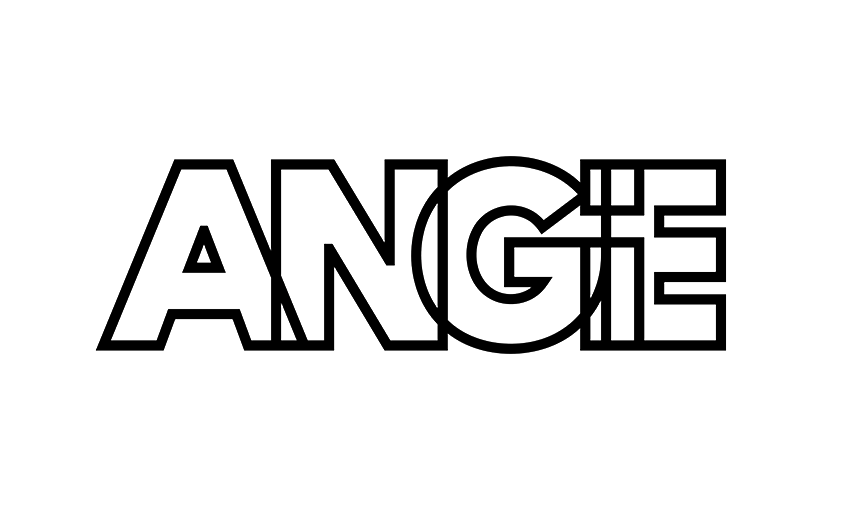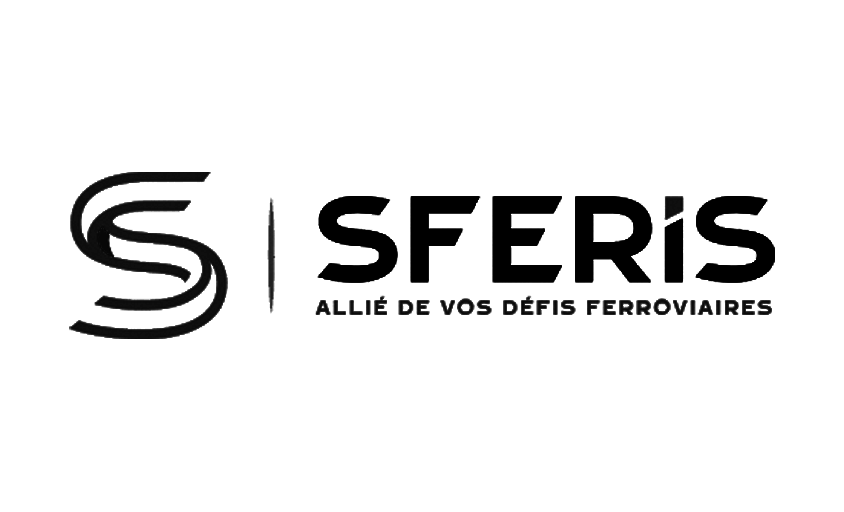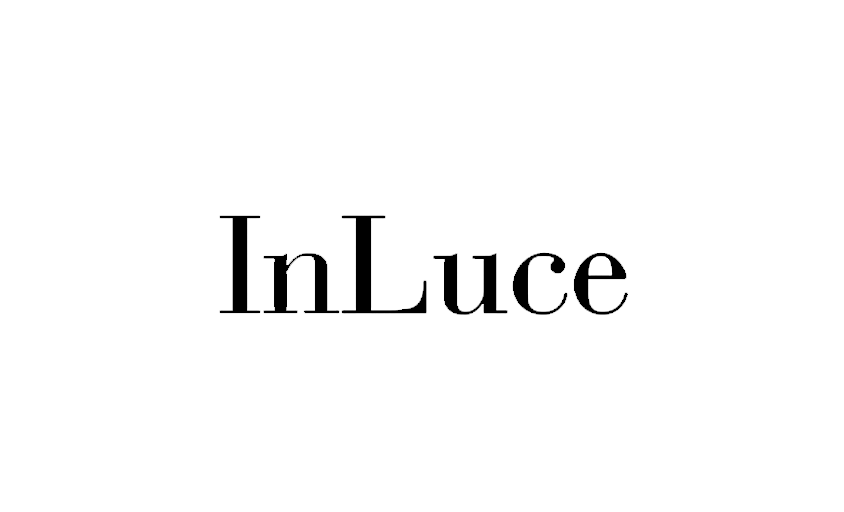Flash
In this article :
Flash is an essential element of photographic equipment, used to provide additional lighting during shooting. It helps compensate for insufficient ambient light, improves image quality in low-light conditions, and controls shadow and light effects to create desired visual compositions.
Types of Flash
- Built-in Flash: Found on many digital cameras and smartphones, it offers a convenient lighting solution but is often limited in range and directionality.
- External Flash: A separate device that attaches to the camera’s hot shoe. It provides greater power, extended range, and the ability to adjust the direction and diffusion of light.
- Studio Flash: Designed for studio use, it delivers powerful and adjustable lighting, ideal for portraits, product photography, and other professional applications.
Using Flash
- Light Compensation: In low-light conditions, flash can be used to illuminate the main subject and avoid underexposed photos.
- Shadow Reduction: In daylight photography, flash can help soften harsh shadows caused by direct sunlight.
- High-Speed Photography: Flash provides a brief but intense light source that freezes motion, perfect for capturing fast-moving subjects.
Creative Flash Techniques
- High-Speed Sync: Allows using flash with high shutter speeds, offering more flexibility for shooting in bright daylight.
- Off-Camera Flash: By moving the flash off the camera axis, photographers can create more natural and three-dimensional lighting effects.
- Diffusion and Bounce: Using diffusers or bouncing the flash light off surfaces like walls or ceilings softens the light and reduces harsh shadows.
Important Considerations
- Flash Power: Measured in guide numbers, power determines the effective range of the flash. A higher guide number indicates greater reach.
- Color Temperature: Flash light generally has a color temperature close to daylight, but filters can be used to modify white balance based on the desired mood.
- Avoiding Red-Eye Effect: Caused by flash light reflecting off the retina, this can be minimized with specific flash modes or by increasing the distance between the flash and the optical axis.
Conclusion
Flash is a versatile tool in photography, significantly enhancing image quality under various lighting conditions. By mastering its use, photographers can explore additional creative dimensions, from subtle enhancement of natural light to creating complex artistic effects.
Jérémy Carlo is the editorial director at Rétines, where he ensures the consistency and clarity of all content produced by the studio.
Our Clients
Let’s discuss
What we do for you at Rétines
Meticulous work, an organised project and fast delivery. And to achieve this, we mobilise the right resources in our teams at the right time.
01
Pre-production
Artistic and technical direction tailored to the project.
Relevant recommendations on content, form and resources.
02
Photo Shooting
Photos taken by our experienced photographers.
Production that’s controlled, efficient and tailored to the needs of the project, with nothing superfluous.
03
Retouching
Technique
Photographs magnified by our retouching team.
Post-production to meet the commercial challenges of the brief.












